Stainless steel flat wire production machinery is widely used in construction and industrial applications. Our turnkey solutions convert round wire into flat wire, with the finished product being a flexible flat wire that is easy to handle, bend, and virtually stretch-free.
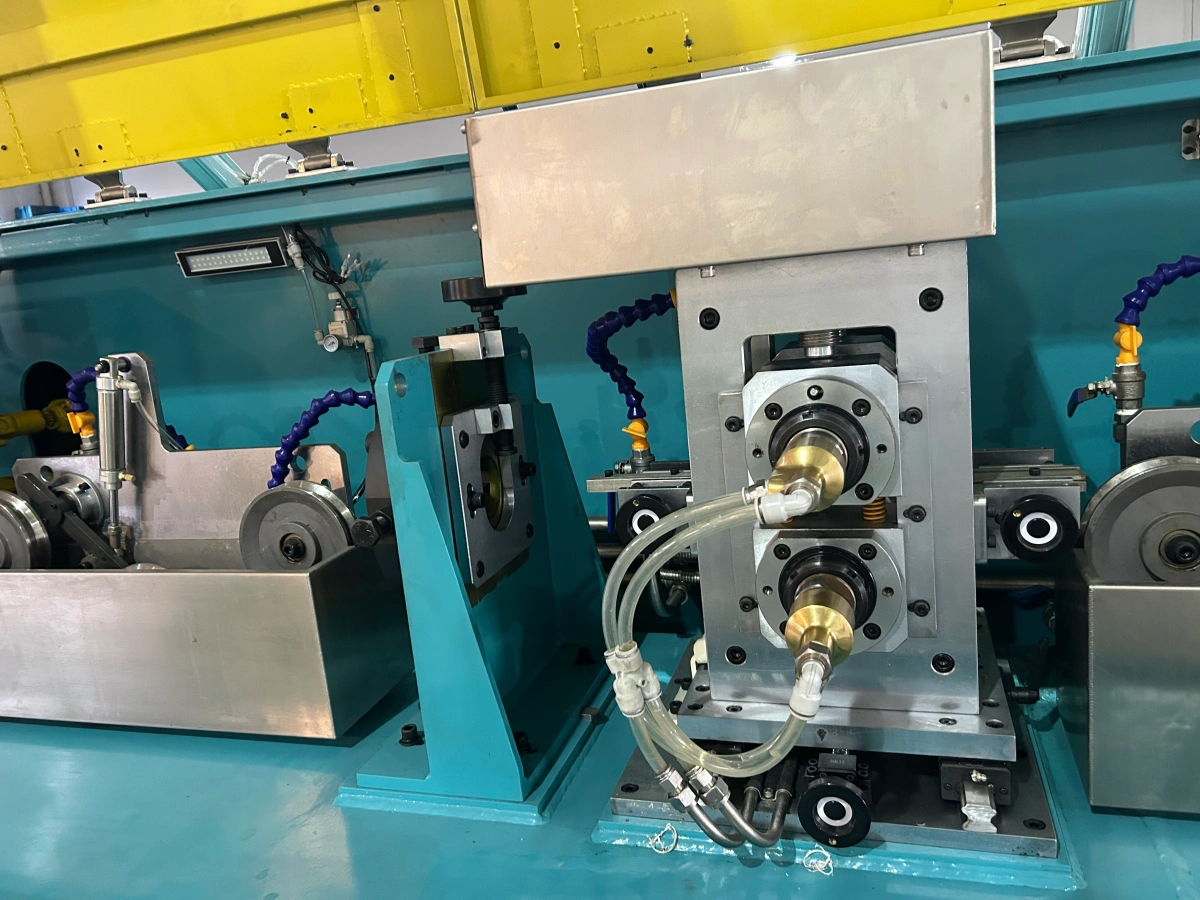
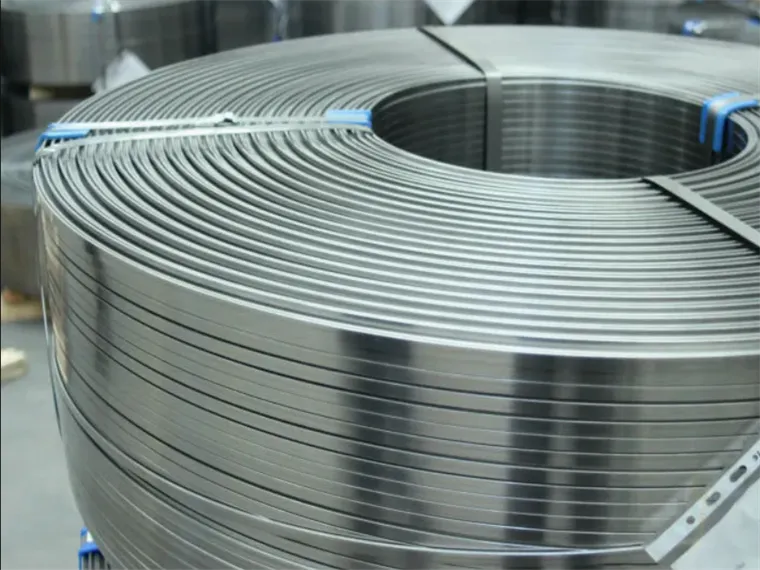
Our stainless steel wire production line is widely used across industries such as automotive, aerospace, healthcare, construction, and marine, owing to its exceptional strength, corrosion resistance, and long-lasting durability in demanding applications
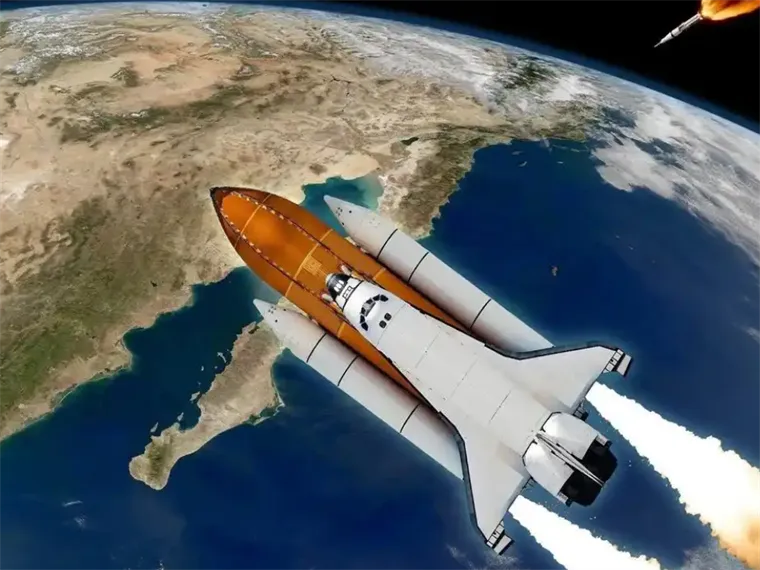
Stainless steel flat wire rolling mills are essential in the aerospace industry for manufacturing aircraft parts and precision components. These mills produce flat wires that meet strict standards for strength, durability, and corrosion resistance. The wires are used in critical components like structural parts, connectors, and wiring systems, where precision and reliability are key. By ensuring consistent thickness and quality, these rolling mills help improve the safety and performance of aerospace technologies.
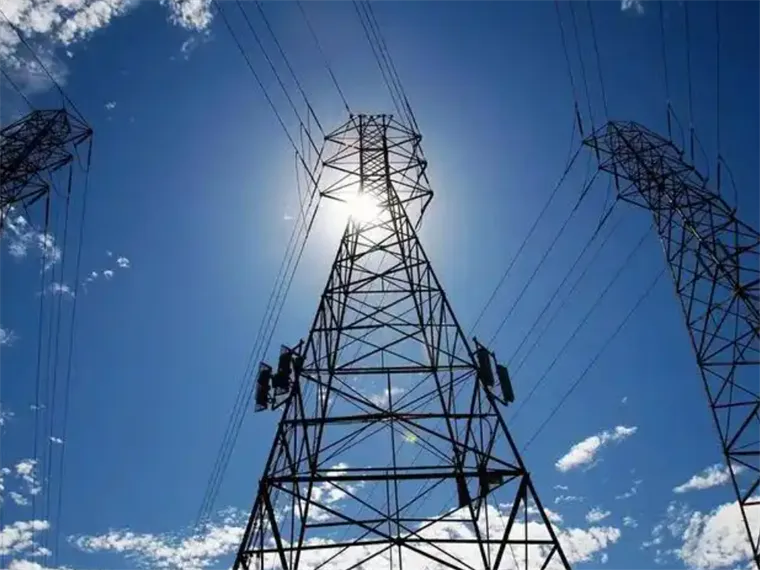
Stainless steel wire flattening mill machines desigbed by our CRM team are crucial in the automotive industry for manufacturing high-strength components such as brake systems, gears,suspension parts, and wiring. These machines are used to create flat wires with precise dimensions, ensuring optimal performance and safety in vehicle manufacturing. The flattened wire is also essential for producing durable tools, machinery, and reinforcement materials used in various automotive applications.
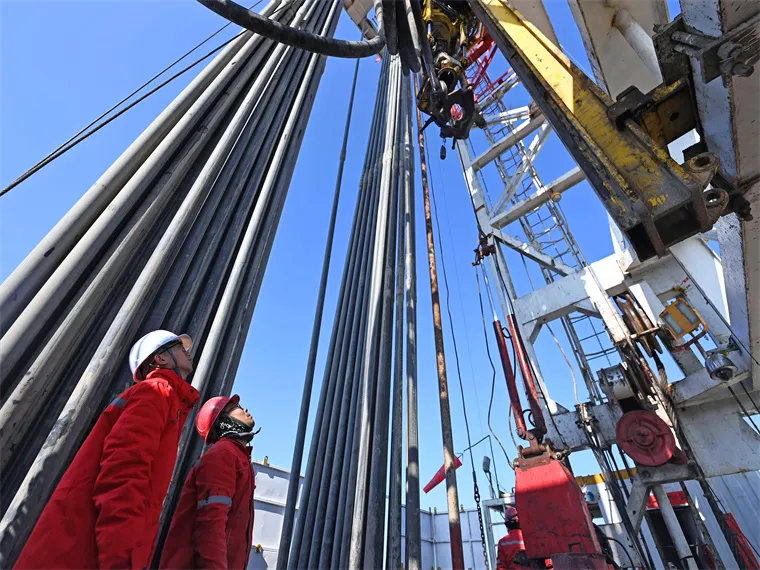
Stainless steel wire rolling machine is widely used in the marine industry for a variety of applications, particularly in environments exposed to harsh saltwater conditions. It is commonly found in oil well drilling, water well drilling,and other essential components, providing superior strength and resistance to corrosion. The durability of stainless steel makes it ideal for structural elements such as boat frames, railings, and anchors, which are subjected to constant exposure to moisture and salt.

High precision Stainless steel wire rolling production equipment are commonly used in medical devices, surgical instruments, implants,Heart Stents, and orthodontic wires because of their biocompatibility and resistance to corrosion. These properties make them safe for use in the human body and durable enough for long-term applications. High precision Stainless steel’s strength and precision are essential for tools like scalpels, sutures, and braces, helping ensure the success of medical procedures and treatments.
About the Company
Founded in 2016, Sky Bluer Industries is a leading manufacturer of modern wire rolling machines and ultra-fine wire drawing machines for turnkey projects. With 80% of our machines exported to Europe, the USA, and Japan, we provide fast, durable, and user-friendly wire machinery to customers worldwide. Our main products include wire flattening and shipping lines, rod breakdown machines, wet wire drawing machines, straight-line wire drawing machines, and annealing machines. No matter the industry or application, we’re here to serve you.
Yes, the production of stainless steel flat wire often involves annealing, particularly when the wire needs to be softened to improve flexibility and workability. Annealing is a heat treatment process that alleviates stresses from cold working and ensures the desired material properties, such as ductility and strength, are achieved.
For stainless steel flat wire, annealing is typically required after processes like drawing or rolling to ensure the wire has the proper mechanical properties before it is used in applications like construction or manufacturing. However, there is an exception: if the raw materials you purchased are already annealed, the wire will be in a softer, more workable state, eliminating the need for further annealing equipment.
To calculate the size of raw material (round wire) before it enters the wire rolling mill, you generally need to consider the desired final dimensions of the flat wire and the reduction ratio of the rolling process. Here's the general approach to calculate the raw material size (diameter of the round wire) before the rolling mill:
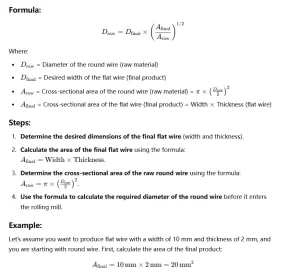
Now, if you know the mill’s reduction ratio, you can apply the formula above to determine the raw material size. Feel free to let me know if you'd like to walk through an example calculation or need more details on reduction ratios!